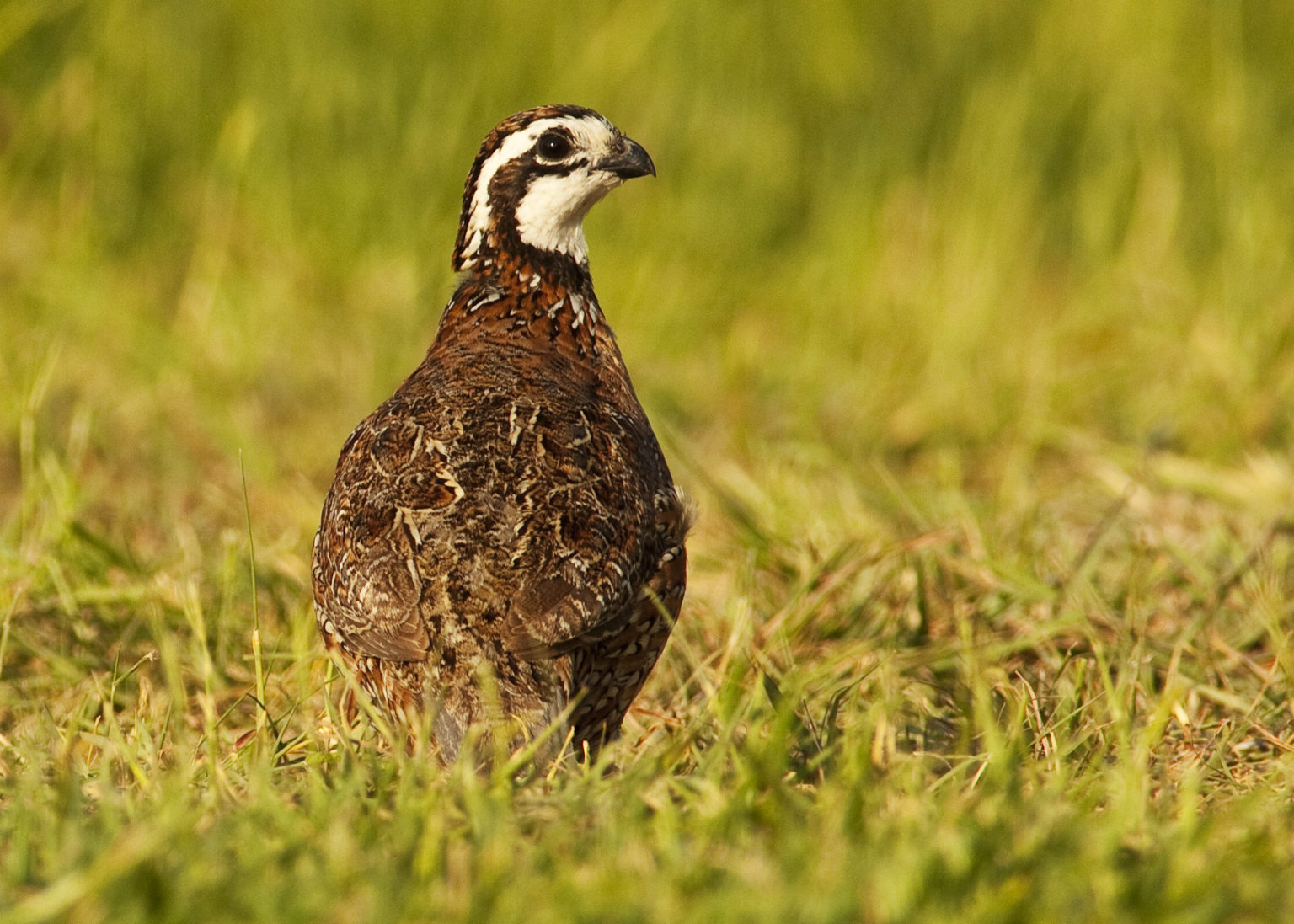
"Masked Bobwhite" of southwest inhabits ungrazed native grasslands. Northern bobwhite quail soundsBobwhite Quail Sound Effect and videobobwhite quail callsEducational videos and sound effects of animals and birdsVideos for An. This species is both beautifully patterned and perfectly camouflaged into its environment. Their name is a reference to their whistling bob white call. Found in a wide variety of semi-open habitats, including brushy meadows, overgrown fields, or where pastures or agricultural fields are next to hedgerows or woodlots. The northern bobwhite quail has been a long-standing resident of Pennsylvania until just recently. The bobwhite quail, also known as the northern bobwhite, or simply bobwhite, is a small North American bird.

The "Masked Bobwhite," a subspecies extinct in Arizona and endangered in Mexico, is now being reintroduced into southern Arizona with only limited success.įarms, brushy open country, roadsides, wood edges. Bobwhite quail range from the Caribbean to Canada, with over 23 distinct subspecies. Males or cocks are dark brown on the head and face with a white stripe across their eyes and throats. In color, they are streaked or mottled brown and white the entire length of their bodies down to their gray tails. They are small in stature and round bodied like other new world quail. At northern edge of range, many may be killed by unusually harsh winters, but this does not explain its widespread vanishing act. Each year approximately 150,000 sportsmen/ sportswomen take more than 1.0 million trips afield in pursuit of resident small game species. The bobwhite quail also known as the Virginia quail, Northern Bobwhite, or simply bobwhite is named for the distinct bob-white whistle noise the birds make to attract mates. The northern bobwhite is a ground-dwelling bird. The Department of Environmental Protection. I’ve tried several designs and it never appears to provide a benefit that is great than the cost. The last confirmed sightings of wild bobwhite quail were in 2009. I’m not a fan of feeders for bobwhite quail.

The causes for these declines are not well understood. State officials are also considering three sites in New Jersey’s Delaware Bayshore region where the last wild bobwhites are thought to have lived, but those locations may be threatened by sea-level rise or other factors, Parke said. Has disappeared from much of the northern part of its range, and has declined seriously even in more southern areas. At night they roost on the ground in circles, tails pointed inward, heads pointed out. During fall and winter, bobwhites live in coveys, averaging about a dozen birds. The birds are heard more often than seen although not especially shy, they often keep within dense low cover. Its whistled bob-white! call is a familiar sound in spring in farmland and brushy pastures.


 0 kommentar(er)
0 kommentar(er)
